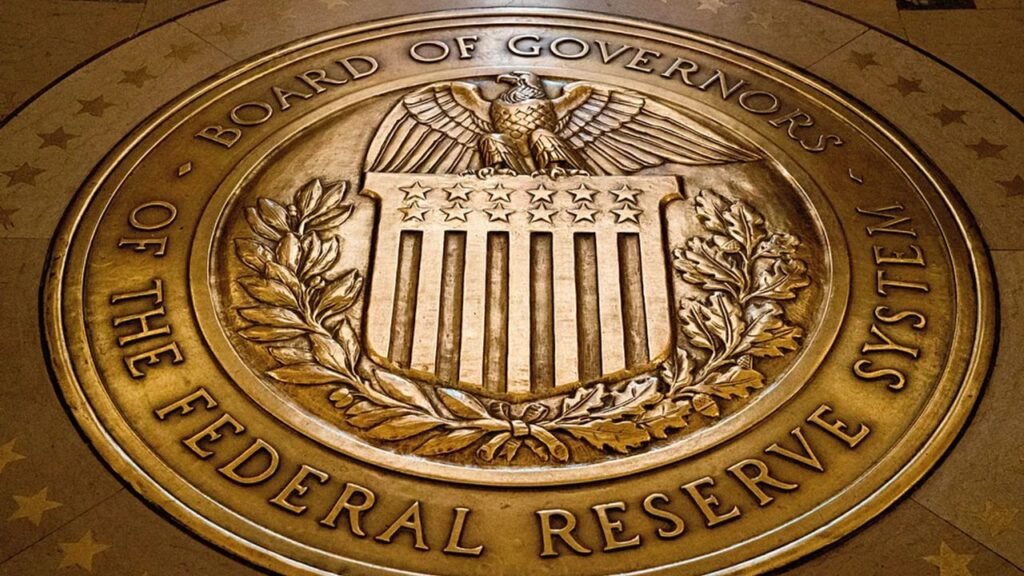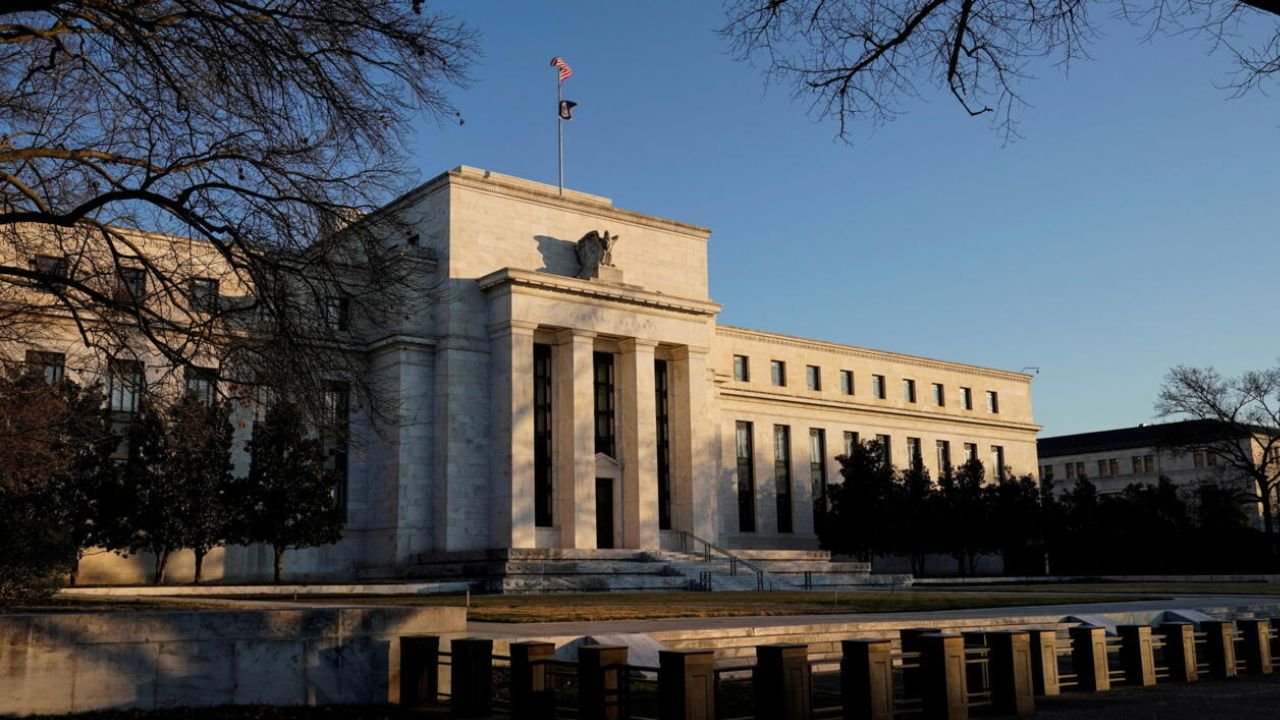The US central bank is preparing to reduce interest rates for the first time since last December, a move that reflects both economic challenges and mounting political pressure. On Wednesday, the Federal Reserve is expected to announce a cut of 0.25 percentage points, lowering its key lending rate to between 4% and 4.25%. This would bring rates to their lowest level in nearly three years, signaling a major shift in monetary policy.
A Shift After Months of Debate
The expected rate cut follows months of debate within the Federal Reserve and sharp criticism from President Donald Trump, who has repeatedly demanded deeper and faster reductions. While the central bank operates independently, the decision to cut comes at a time when economic signals are pointing to weakness, particularly in the labor market. The move is also seen as a first step in what could be a series of cuts in the months ahead, designed to ease borrowing costs for households and businesses.
Inflation Pressures Have Eased
One of the key reasons for the policy shift is the easing of inflation. After surging in the aftermath of the pandemic, inflation has steadily declined from its peak in 2022. Prices are still rising at 2.9% annually, slightly above the Fed’s 2% target, but much lower than the levels that initially prompted aggressive rate hikes. With inflation more contained, the Fed now has greater flexibility to focus on supporting growth.
Concerns Over Jobs and Growth

The weakening job market has become the Fed’s primary concern. Recent government data shows sluggish hiring in July and August, with June even recording a rare net loss of jobs—the first since 2020. Economists warn that when employment begins to slide, the downturn can accelerate quickly. By lowering rates, the Fed hopes to cushion the labor market and prevent further deterioration in economic growth.
Political Pressure From the White House
President Trump has been vocal in his criticism of Federal Reserve Chair Jerome Powell, calling him responsible for slowing down the economy by keeping interest rates too high. He has argued that rates should be closer to 1% and has taken to social media to demand immediate, larger cuts. Trump has even installed allies in key Fed positions, a move critics say undermines the bank’s independence. Despite the political tension, most analysts believe the Fed would have moved toward a cut regardless of the president’s pressure, given the economic data.
Global Trend Toward Lower Rates
The US is not alone in easing monetary policy. Central banks in the UK, Europe, and Canada have already begun lowering rates in response to slowing global growth. The Fed had signaled for months that cuts were likely in 2025, with some policymakers even pushing for reductions earlier in the year. The global shift has only strengthened the case for the US to follow suit, ensuring that American borrowing costs remain competitive.
What This Means for Americans
For consumers and businesses, lower interest rates generally mean cheaper loans and mortgages, which can encourage spending and investment. Housing markets in particular are expected to benefit from reduced borrowing costs. However, for savers, lower rates may translate into smaller returns on savings accounts and fixed-income investments. The Fed’s challenge will be balancing these outcomes while trying to stabilize both inflation and employment.
While the first cut is expected to be modest, many economists anticipate more reductions before the year ends, with forecasts suggesting as much as 0.75 percentage points in total. Whether these steps will be enough to revive the job market and restore confidence in the economy remains uncertain. What is clear, however, is that the Federal Reserve is entering a new phase in its response to shifting economic realities, and its decisions will have wide-reaching effects for millions of Americans.

